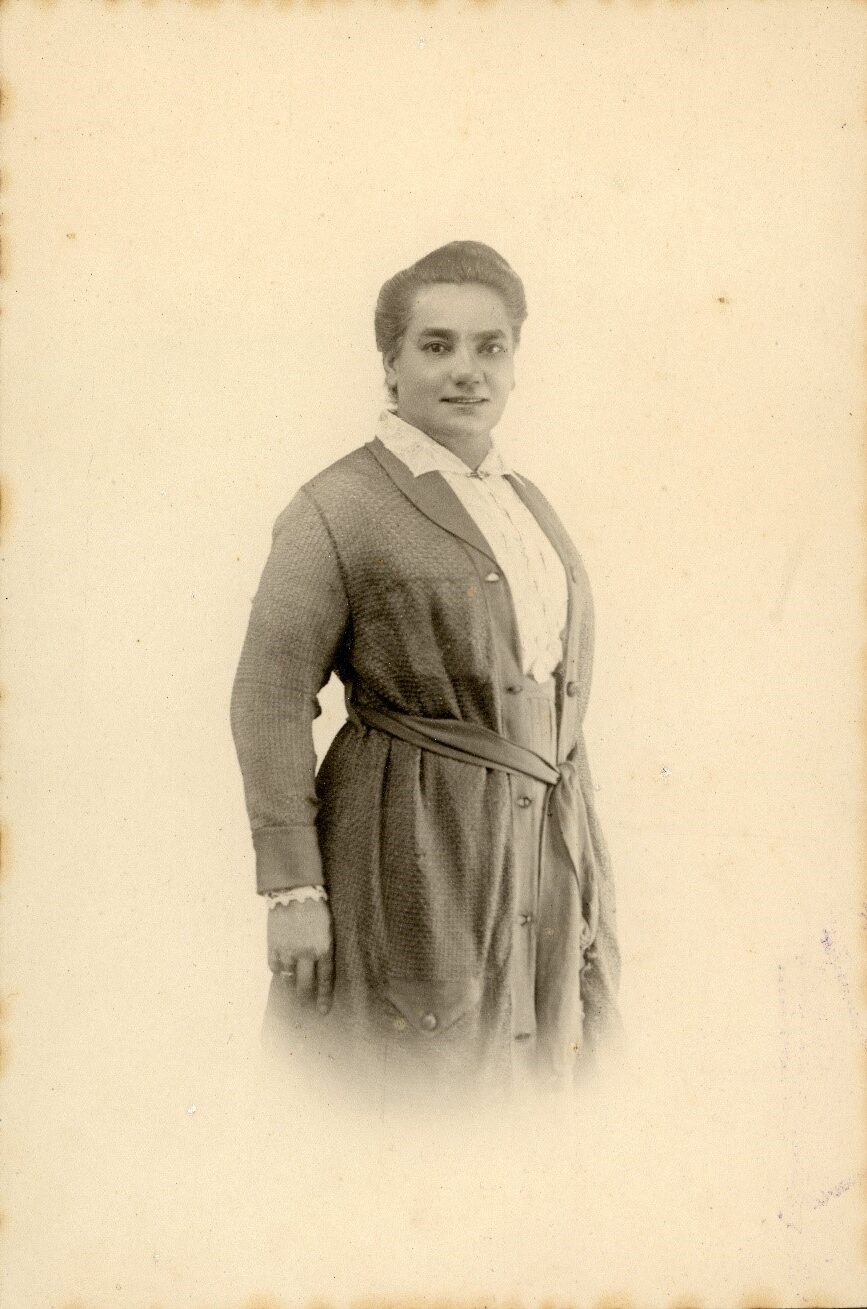The inspiring life of Laura Miller
By Ian Wards
By Ian Wards
Laura Miller (1870-1953), was born in Port Cygnet, Tasmania on 7 April 1870. She was of Palawa (Aboriginal Tasmanian) and European descent; one of nine children born to Fanny and William Smith. Her mother Fanny was proud of being aboriginal and taught her children some of the traditions of her people as well as the violent circumstances of their slaughter at the hands of European settlers. Her father was a transported convict (convicted in Kent for stealing a donkey), who served seven years as a ‘timber getter’ in Oyster Cove, Tasmania.
Sick of the drudgery of farm life in rural Tasmania, Laura ran away to Hobart aged 12 and apprenticed herself to a dressmaker. There she became highly skilled as a ‘white worker’ sewing underwear and blouses trimmed with broderie anglaise and lace. She also made outer garments and in this way was able to earn a living.
She married Francis Thomason, a storekeeper, around 1890. They had a daughter Vera. Tragically Francis died in an accident not long after.
Laura remarried, to John Miller, in 1891. They had a daughter Recamea in 1894. John Miller was an abusive husband and they had separated by 1901.

A new life in Wellington
Laura moved to Wellington with her two daughters in 1907, to start a new life with her new husband William William’s (who changed his surname to Miller). William became a gardener at Wellington Botanic Gardens and Laura set up business as a seamstress, opening an ‘Underlinen Bazaar’ at 52 Adelaide Road.

Her shop windows were jammed with petticoats, chemises, nightgowns, and pants for women and children.

The family lived at the back of the shop and upstairs. They were happy, sociable, and enjoyed playing musical instruments at home or in concert groups. Since they lived so close to the city, they were able to attend many public events at the band rotunda, Athletic Park, or the Basin Reserve.
However, Laura and William looked to live a quieter life.

A home at Houghton Bay
In 1926 Laura and William moved to a section in Houghton Bay, where they built a house and lived for the rest of their lives. There they planted rich vegetable gardens and ornamental gardens full of flowers.
Laura opened a small haberdashery in Island Bay soon after. Every day she would walk around the south coast to and from her shop – in howling wind, sunshine, or rain. Her grandchildren recall she always enjoyed this short walk, no matter the weather.

Of this sewing machine, which lived at the Miller’s Houghton Bay home, Laura’s grand-daughter Audrey Inkersell writes:
When it was time for sewing the treadle rocked and wheels whirred as garments appeared from the machine with extraordinary speed. Cutting done on the table, usually without patterns, was the first step in producing clothes that fitted Grandma’s and auntie’s “difficult” figures very well.
A whale of a time
Laura and William assembled the jawbones of a whale that has washed ashore in Houghton Bay as an arch over the entrance to their property. The whale’s ribs were also used to edge the paths on the upper part of their garden.


Laura Miller is an inspiring woman, who tenaciously worked her way through difficult years in her early life to raise a happy and creative family in Wellington.
Many thanks to Kate Colbert for sharing Laura’s story and for donating things from Laura’s life to Wellington Museum.